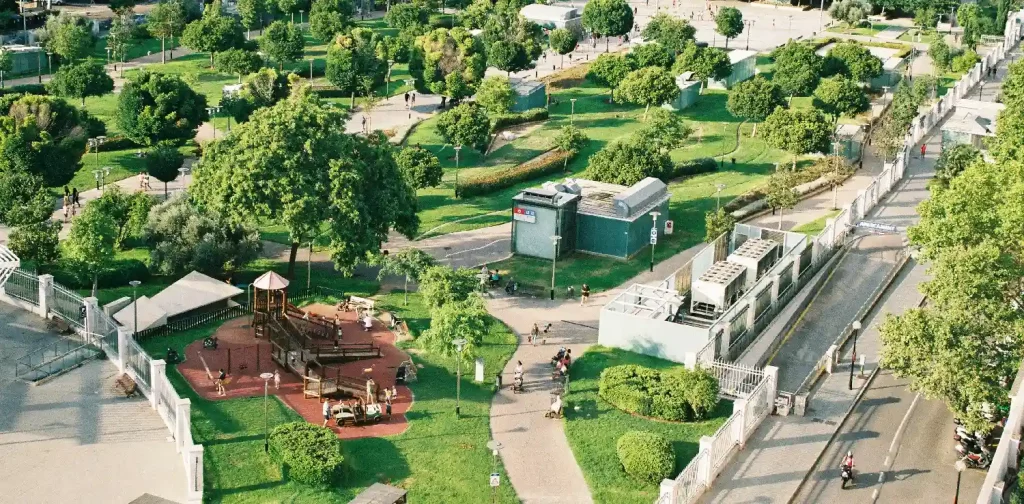This is an exclusive benefit for GNA Community, GNA Circle, and GNA Advocate members
Join Green Network Asia Membership and get exclusive benefits for your personal and professional development as well as for your organization's capacity development, including unlimited access to all digital publications in the GNA Knowledge Hub like this one and much more.
